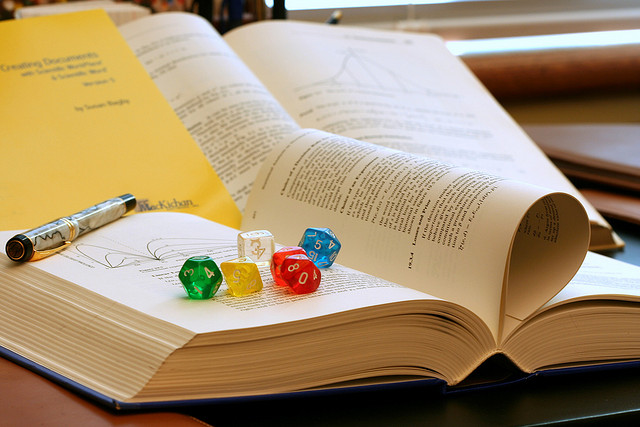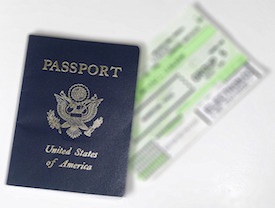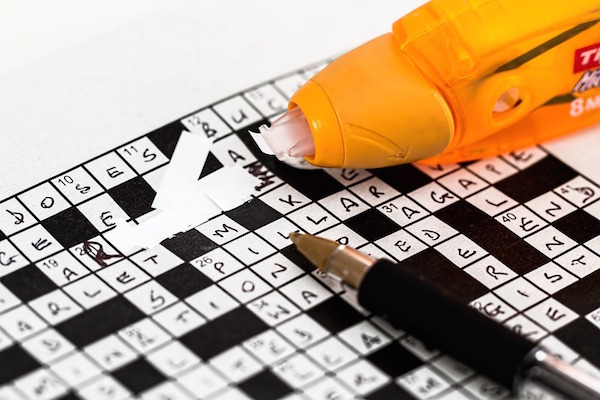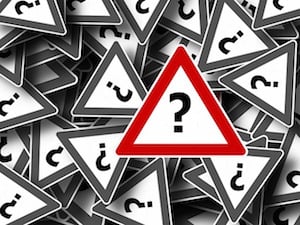Sure, you've done your paces on single variable equations and now they're no problem, but what do you do when presented with multiple equations and multiple variables at once? These are what we call “systems of equations” and, luckily for us, they are extremely predictable types of problems with multiple methods for solving them. Depending on how you like to work best, you can basically choose your own adventure when it comes to system of equation problems.
But before you choose the method that suits you (or the individual problem) best, let's look at all the various options you have available as well as the types of questions you'll see come test day. These questions will always show up once or twice on any given test, so it's best to understand all the strategies you have at your disposal.
This will be your complete guide to systems of equations questions—what they are, the many different ways for solving them, and how you'll see them on the SAT.
























